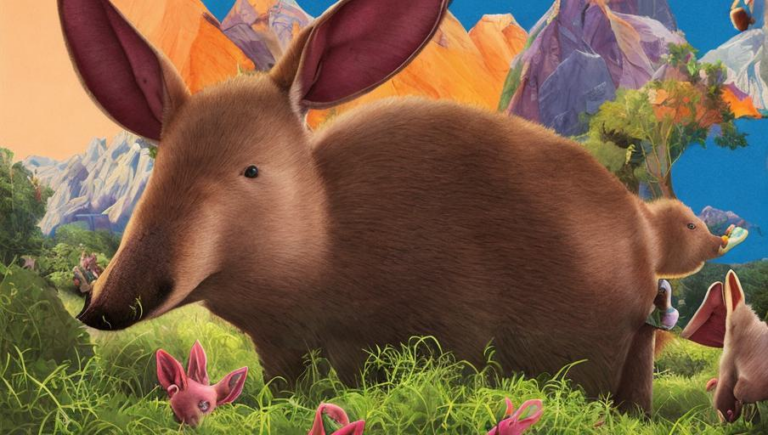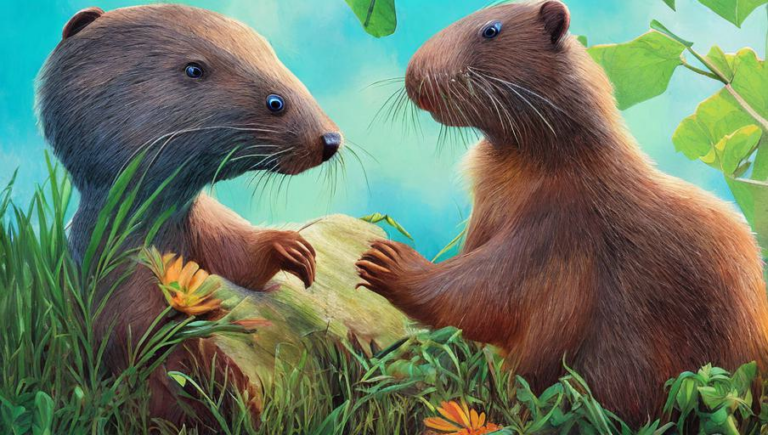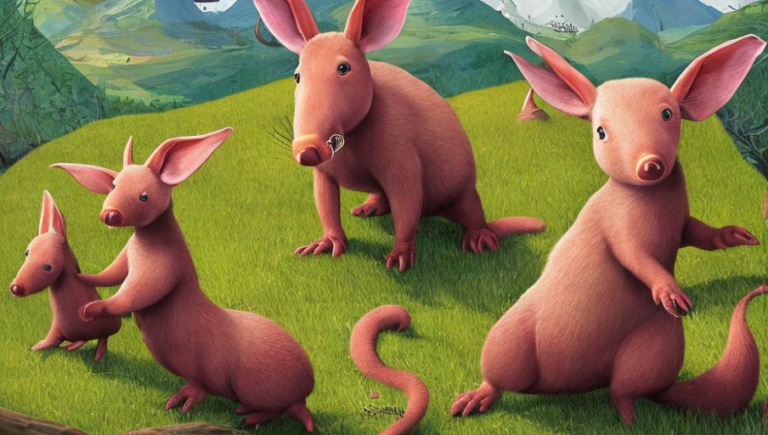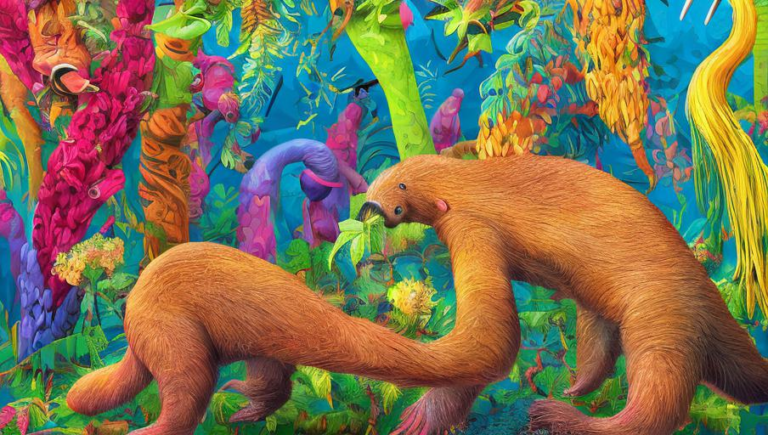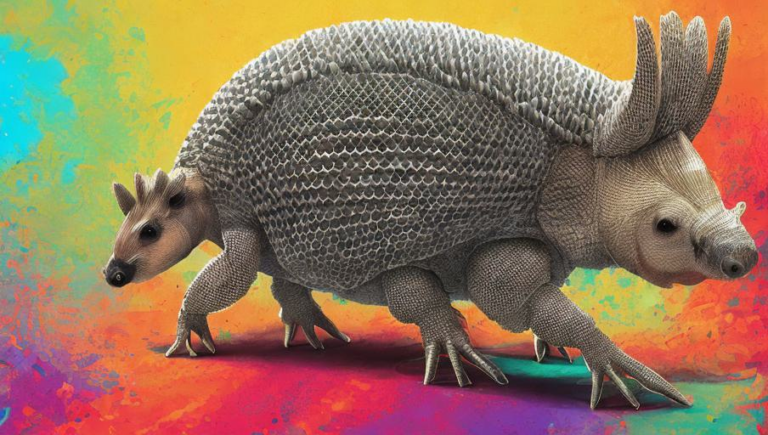Peculiar Eating Habits: What Does the Aardvark Eat?
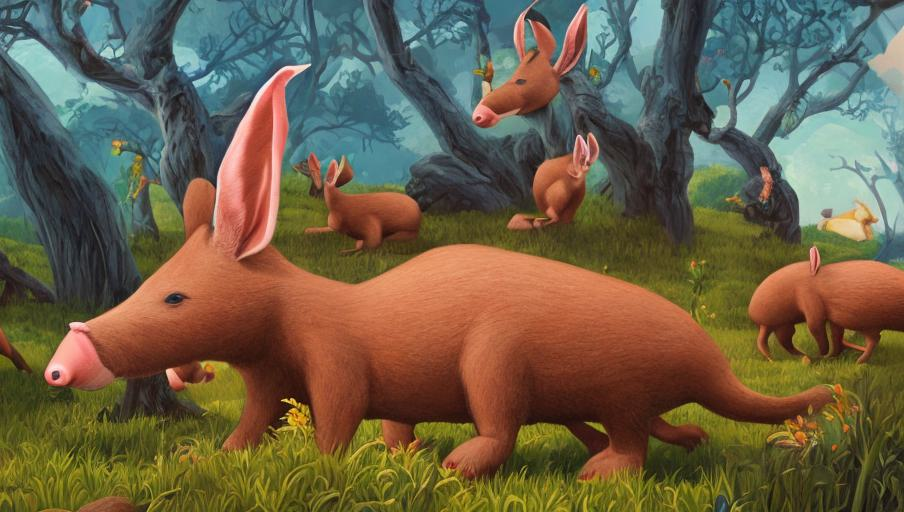
Introduction
The aardvark is an incredible creature, with a unique appearance and behavior. What many people don’t know is that they possess some peculiar eating habits. Let’s take a closer look at what the aardvark eats.
The Aardvark’s Diet
The aardvark is an insectivore and feeds mainly on ants and termites. They will also feed on other small invertebrates, such as beetles, grubs, and worms. They can dig up to 30 cm deep to find their prey and will consume up to 200,000 insects in a single night.
Adaptations for Foraging
The aardvark has some amazing adaptations that help it to forage for food. It has an incredibly long and sticky tongue that can reach up to 25 cm, which helps to catch small insects. It also has an incredibly strong sense of smell, which helps it to locate insects underground. In addition, the aardvark has powerful claws which help it to dig and break into ant and termite nests with ease.
Nocturnal Nature
The aardvark is a nocturnal creature and will only come out at night to feed. During the day, it will stay in its burrow and rest. This helps to protect it from predators, such as lions and hyenas, which are active during the day.
Dietary Patterns
The aardvark’s diet is largely dependent on its environment. For instance, if there is an abundance of ants and termites in an area, the aardvark will feed mainly on them. But if there is an abundance of other insects, such as beetles and grubs, then the aardvark will feed on them as well.
Significance of the Aardvark’s Diet
The aardvark’s diet is important for the environment, as it helps to keep insect populations in check. This is important, as some insect species can become pests if their populations are allowed to grow unchecked. The aardvark also helps to disperse seeds, as it passes them through its digestive tract.
Conclusion
The aardvark’s diet is interesting and important to the environment. It mainly consists of ants and termites, but it will also feed on other insects. Its adaptations help it to forage for food and its nocturnal nature helps to protect it from predators. The aardvark’s diet is important for keeping insect populations in check and for dispersing seeds.
